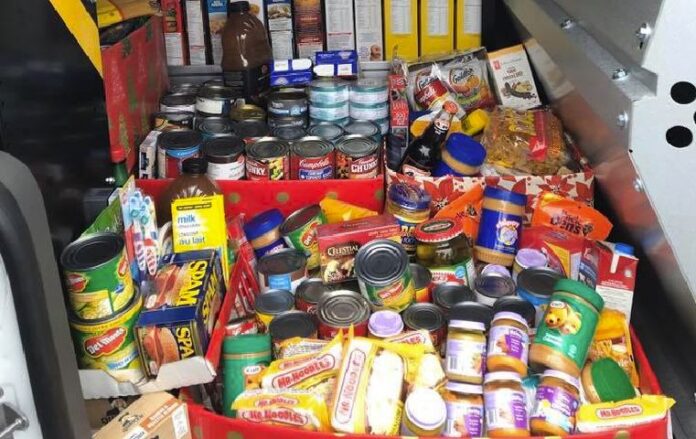According to a recent “report card” from Food Banks Canada, B.C. may have the highest rate of poverty reduction, but more work needs to be done to bring it below the national average.
The report says the main reasons for this include the unaffordable housing market. They add around 40 per cent of residents spend more than 30 per cent of their monthly income on housing.
This means over 70 per cent of food bank clients in B.C. are renters, and only five per cent of individuals in the province get some kind of housing support compared to 11 per cent nationally.
Cost of living aside from housing also has a big impact, with as much as 54 per cent of income on fixed costs like internet, groceries and transport. The report adds 57 per cent say their hourly rates are not enough to keep up with the cost of living.
The province’s mental health and addictions issues are also contributing factor, along with low wages in racialized communities, according to Food Banks Canada.
While efforts have been made by the provincial government to curb these issues, the report says there must be more access made to affordable housing and more services for the mental health and addictions crisis.
“While many programs and initiatives currently in place are helpful in addressing short-term policy gaps, they are not leading to meaningful progress toward enabling people to permanently move out of poverty,” read the report.
“To make a real impact and establish long-term initiatives, experts suggest that politicians must be willing to step back and invest political capital in long-term initiatives that might not benefit them directly.”
Looking forward, Food Banks Canada says there needs to be a goal to reduce poverty in province below the national rate by 2026.
They add the renter’s credit should be increased for low and moderate incomes to a maximum of $600 in 2024, and more investments need to be made in affordable housing construction.
A link to the full report can be found here.






